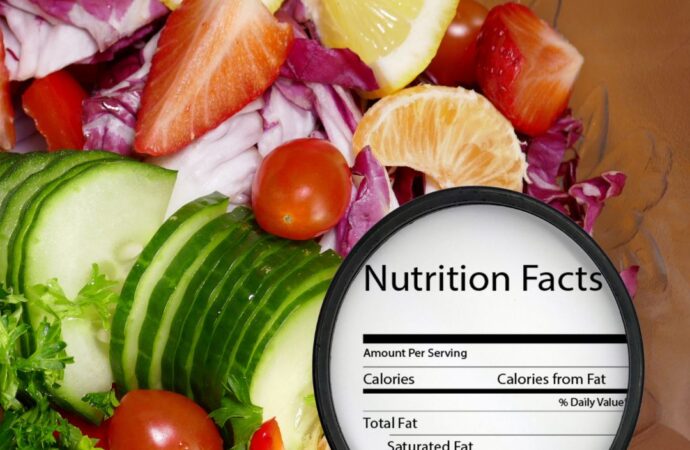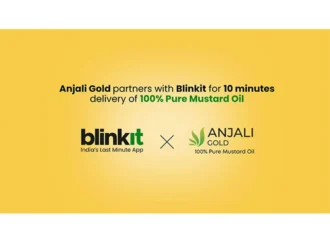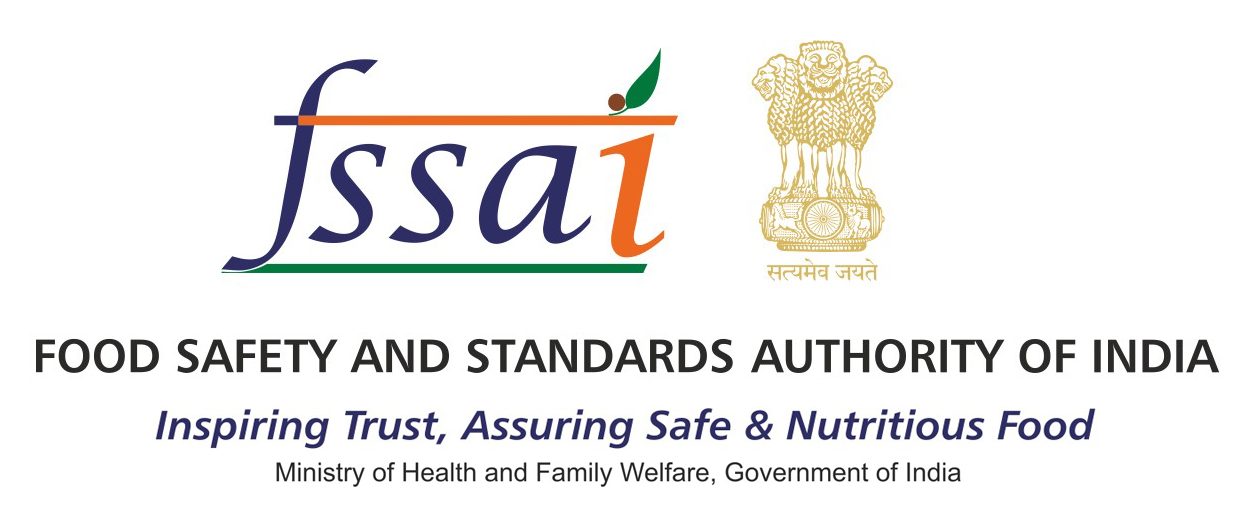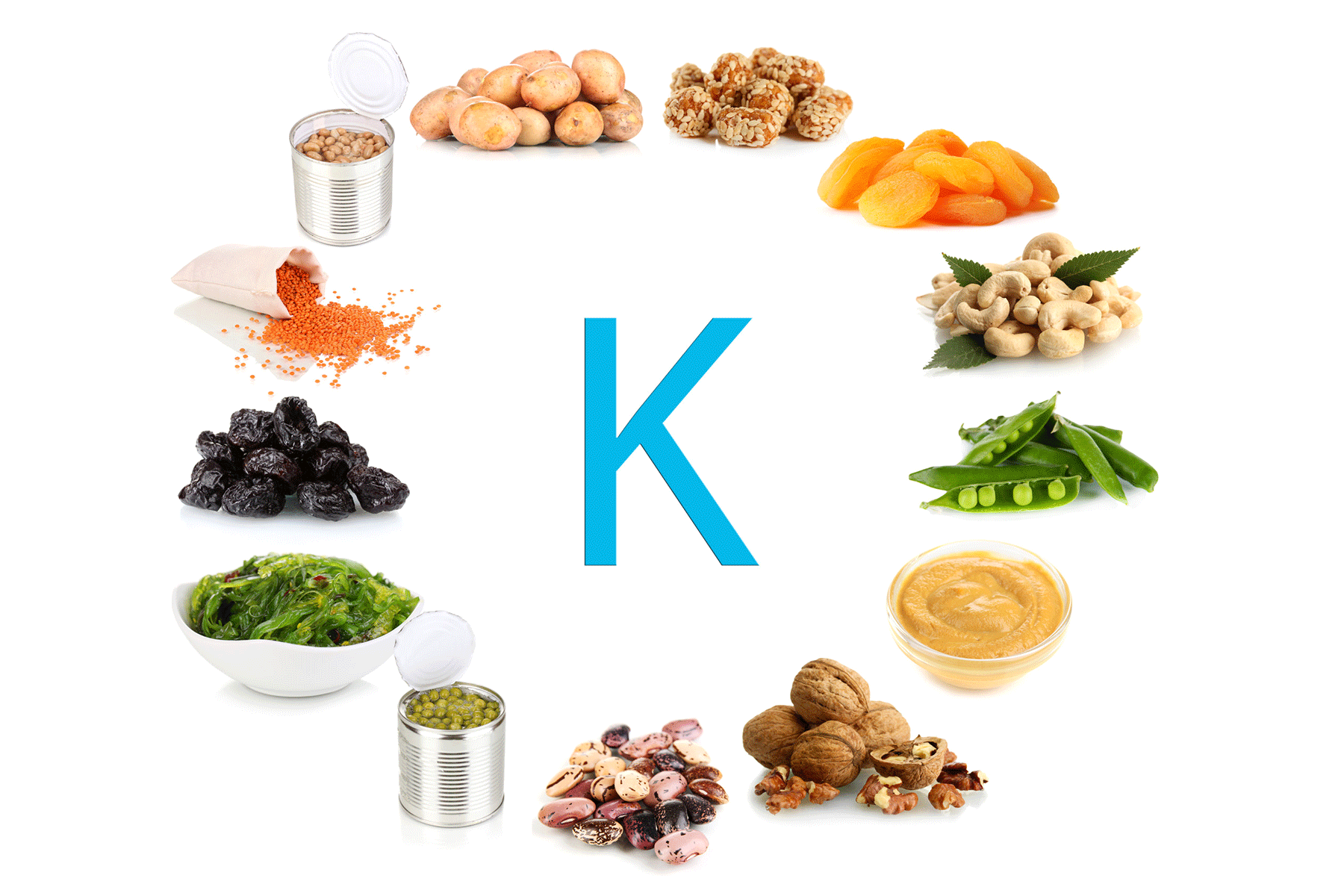When you pick up a packet of biscuits, a carton of juice, or even a box of cereal, you’ll notice a detailed panel filled with numbers, names, and percentages. This is not just fine print to be ignored — it is a powerful tool known as nutritional labelling. Nutritional labelling acts as a vital bridge between food manufacturers and consumers, helping us understand exactly what we are putting into our bodies. It provides essential information about calories, nutrients, and potential allergens, allowing us to make informed choices. In today’s world, where processed foods are everywhere, nutritional labelling plays a critical role in ensuring food safety, protecting public health, and promoting transparency. But what exactly is nutritional labelling, and why is it so important in maintaining food safety standards? Let’s explore.
What Is Nutritional Labelling?
Nutritional labelling refers to the information printed on packaged foods that tells you about the nutrient content inside. It typically includes details like:
-
Energy (calories)
-
Protein
-
Carbohydrates (including sugar)
-
Fats (including saturated fats and trans fats)
-
Dietary fiber
-
Sodium (salt)
-
Vitamins and minerals
In many countries, including India, the Food Safety and Standards Authority of India (FSSAI) has made it mandatory for packaged foods to carry this information. Some labels also include special marks, such as a green or brown dot to indicate vegetarian or non-vegetarian status, and allergen warnings.
Why Is Nutritional Labelling Important for Food Safety?
Nutritional labelling is not just about knowing how many calories are in a snack. It plays a much bigger role in ensuring food safety and protecting public health. Here’s how:
Helps Consumers Make Safe Choices
People have different health needs. Someone managing diabetes needs to know the sugar content. A person with high blood pressure must watch their salt intake. Nutritional labelling provides clear information, helping consumers choose products that are safe for their specific health conditions. Without labelling, people could unknowingly consume foods that might worsen their health problems.
Protects Against Hidden Risks
Not all food hazards are visible. Some packaged foods may be high in harmful ingredients like trans fats or excess salt, both linked to heart disease and other serious illnesses. Nutritional labelling exposes these hidden dangers. By reading the label, consumers can avoid foods that contain unsafe levels of unhealthy nutrients, thereby protecting themselves from long-term health risks.
Supports Allergen Warnings
For people with food allergies, even a small trace of an allergen like peanuts, soy, or gluten can trigger severe reactions. Nutritional labelling often includes mandatory allergen declarations, warning consumers about the presence of common allergens. This can prevent life-threatening allergic reactions and save lives.
Prevents Food Fraud and Misleading Claims
Without proper labelling rules, food companies could easily mislead consumers with false claims like “sugar-free” or “high-protein” without actually providing proof. Nutritional labelling regulations ensure that companies back their claims with facts. This builds trust between food brands and consumers and maintains transparency in the market.
Encourages Manufacturers to Create Safer Products
When companies are required to disclose nutrition information publicly, they feel pressure to create healthier products. No company wants to show very high sugar, fat, or salt levels on their labels. Thus, nutritional labelling not only informs consumers but also pushes the food industry towards safer, healthier formulations.
Nutritional Labelling in India
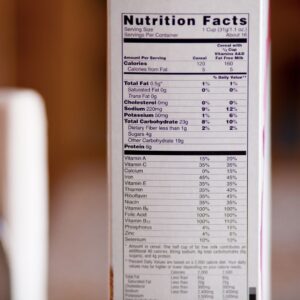
In India, the FSSAI has made it mandatory for most packaged foods to carry nutritional information on their labels. Important guidelines include:
-
Listing energy, protein, carbohydrates, sugars, fats, saturated fats, trans fats, and sodium.
-
Mentioning the presence of any allergens.
-
Displaying a nutrition facts table in a readable format.
-
Warning labels for high-fat, high-sugar, and high-salt (HFSS) foods (new draft regulations are pushing for this).
-
Clear vegetarian or non-vegetarian symbols.
New efforts are being made to introduce front-of-pack labeling, making it even easier for consumers to quickly spot unhealthy foods.
How You Can Use Nutritional Labels
Being aware of nutritional labelling empowers you to:
-
Compare products and choose the healthier option.
-
Avoid foods high in harmful ingredients.
-
Manage specific dietary needs (e.g., low sugar, low sodium).
-
Understand portion sizes better.
-
Make informed decisions, especially for children, elderly family members, and those with medical conditions.
In short, reading and understanding nutrition labels is a simple but powerful step toward eating safer and healthier foods every day.
Conclusion
Nutritional labelling is more than just a legal formality. It is a powerful food safety tool that protects consumers from hidden health risks, supports those with special dietary needs, and promotes honest business practices. As food becomes more processed and choices multiply, the importance of transparent, accurate, and easy-to-read nutritional labelling will only grow. The next time you pick up a packaged food item, take a moment to check the label, because safe food starts with informed choices.
 Food Manifest
Food Manifest 